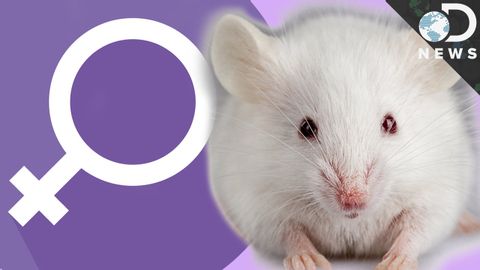なぜ科学者はメスのマウスを使わないのか? (Why Don’t Scientists Use Female Mice?)
Jack が 2021 年 01 月 14 日 に投稿  この条件に一致する単語はありません
この条件に一致する単語はありませんUS /ˌrɛkəˈmɛnd/
・
UK /ˌrekə'mend/
US /ˈhɔrˌmon/
・
UK /'hɔ:məʊn/
US /rɪˈsɚtʃ, ˈriˌsɚtʃ/
・
UK /rɪ'sɜ:tʃ/
- v.t./i.研究する;市場調査をする
- n. (c./u.)研究;研究分野;研究報告;市場調査
US / ˈsʌfɚ/
・
UK /'sʌfə(r)/
エネルギーを使用
すべての単語を解除
発音・解説・フィルター機能を解除

